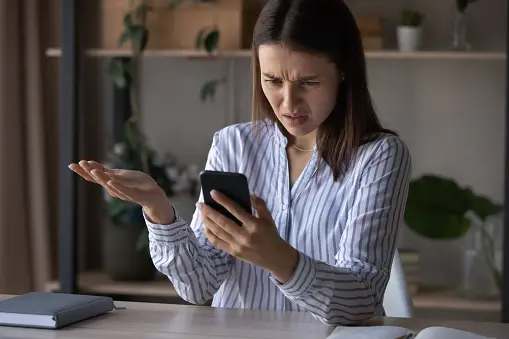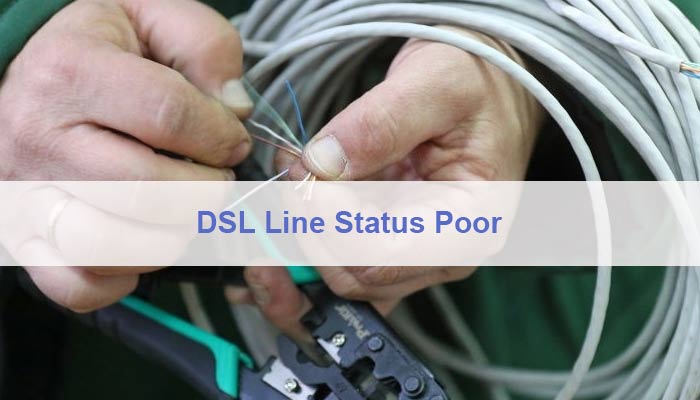Smartphone security has come on leaps and bounds over the years, yet many people fail to take advantage of the robust features offered by their devices. With crucial information ranging from bank details to our social security numbers commonly stored on our phones, ensuring your device is appropriately security-hardened is essential in 2022. Below we’re going to look at some key factors that can maximize the cybersecurity on your smartphone.
Only Use Trusted Providers
This one may sound like a no-brainer, but in truth for those unaware of what to look for it can be difficult to know what platforms and services are reliable actors. Fortunately, there is one key element that makes rooting out malicious organizations fairly straightforward – the SSL certificate. This is an accreditation awarded to a website upon verification of that website provider’s identity by a trusted third party. As such, it’s very difficult for websites pushing malware or seeking to steal your confidential information to acquire this certificate.
SSL is a form of safe encryption that establishes a secure connection between your IP, and the website you’re visiting. In order to check whether a website has qualified for SSL, simply look at the domain address – if it begins with “https://”, then it has a valid SSL certificate. If it only has “http://” or any other combination of characters, it is not up to modern web security protocols and should be avoided.
Fortunately, most modern web browsers now scan for this certificate and will warn you if they detect you’re about to go through to an insecure domain. Beyond this, when interacting with brands and organizations, paying attention to how reputable a platform is can be a good sign of how much they can be trusted.
For example, comparison platform OddsChecker is in collaboration with many brands working in the wider sports betting industry – a sector that prioritizes security and customer satisfaction. It is because this platform is so widely trusted that it can offer competitive no deposit offers and sign up bonuses to its users. Likewise, large online marketplaces like Etsy are widely trusted because they have robust procedures in place to safe-guard transactions and challenge activity by their affiliates that falls out of alignment with their terms of service.
Use a Mobile VPN
Virtual Private Networks, or VPNs, are one of the best ways to secure your web-browsing. This is because they route your IP address through an intermediary connection, making it very difficult to trace your location or collect information about you.
While VPNs are increasingly popular on Windows and MacOS, many people still don’t realize you can run a VPN even on mobile devices. There are a huge range of VPNs compatible with mobile, from industry leaders like NordVPN to the likes of Google’s complimentary VPN that ships as part of their premium storage options.
In truth, VPNs are arguably more important on a mobile device than your home system. This is because connecting to public WiFi hot-spots can be a significant security risk, as unsecured connections can be exploited by hackers to steal information.
Make Use of Biometric Security
Modern smartphones have a suite of extraordinary biometric security features that only 10 years ago were the province of sci-fi films. From the widespread fingerprint scanner, to Apple’s sophisticated infrared dot-matrix facial recognition technology, these features offer unparalleled security for our smart devices.
IMAGE>>>https://images.unsplash.com/photo-1585079374502-415f8516dcc3?ixlib=rb-1.2.1&ixid=MnwxMjA3fDB8MHxwaG90by1wYWdlfHx8fGVufDB8fHx8&auto=format&fit=crop&w=1740&q=80 >>> Photo
There are numerous ways that hackers, or key-logging spy-ware, can capture various pieces of information about your device that can be used to access it without your approval. But this is far less likely when it comes to biometrics.
The chance of somebody else unlocking your phone with their fingerprint is 1 in 50,000, making this option far more robust than the conventional pin method (which someone can steal through observation). In the past, face unlocking technology was easier to falsify, but now modern examples of it such as Apple’s FaceID build a 3D map of your face using lasers. This makes the chance of someone else unlocking your phone with their face, or even a photo of yours, virtually impossible.








